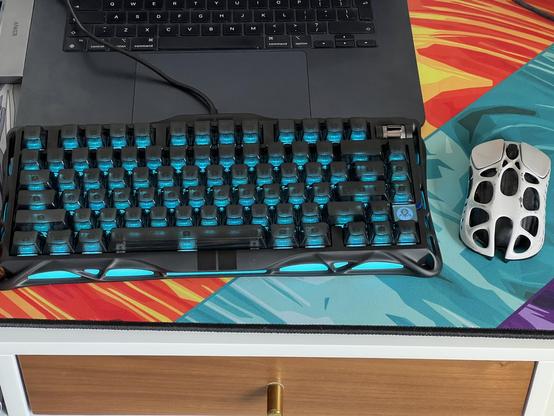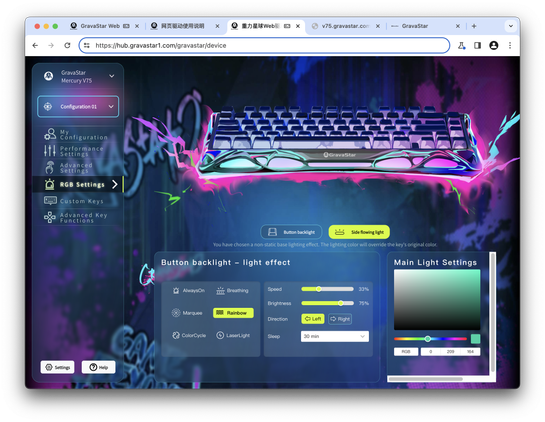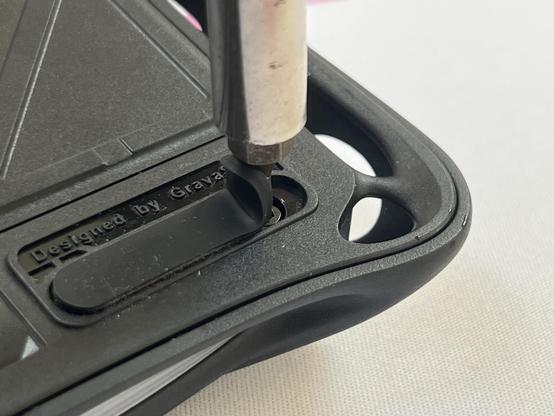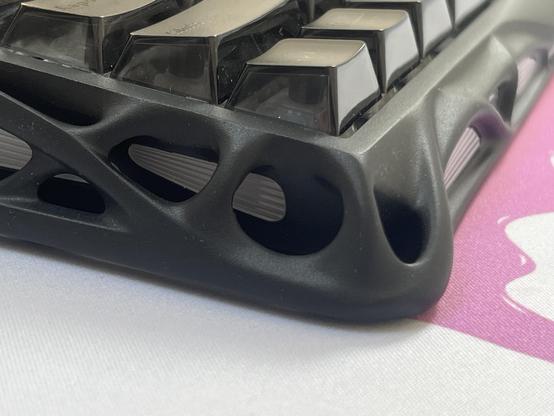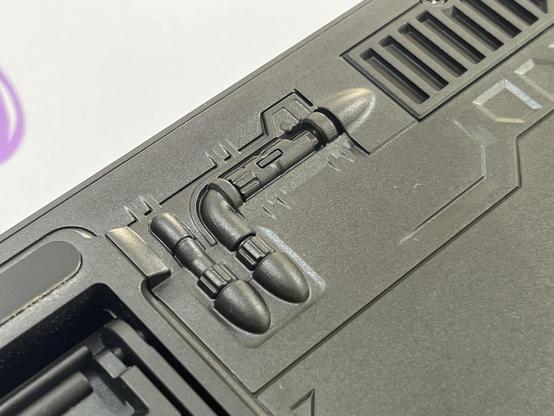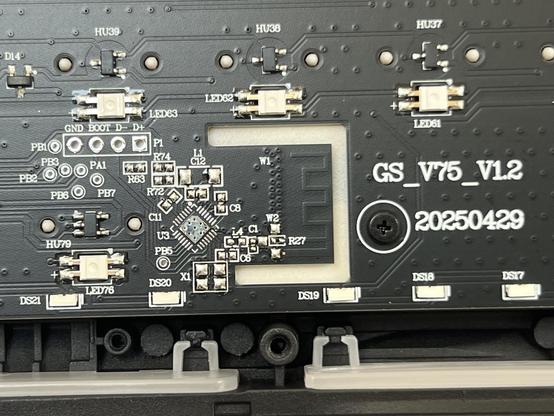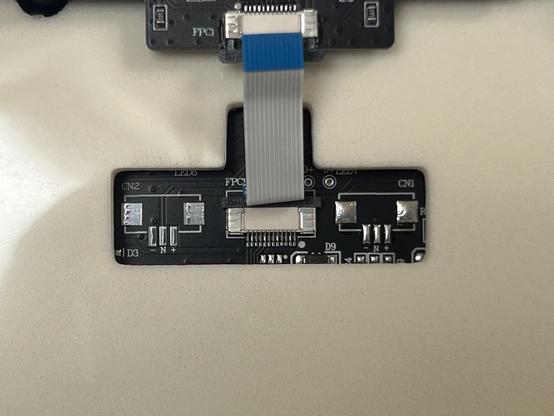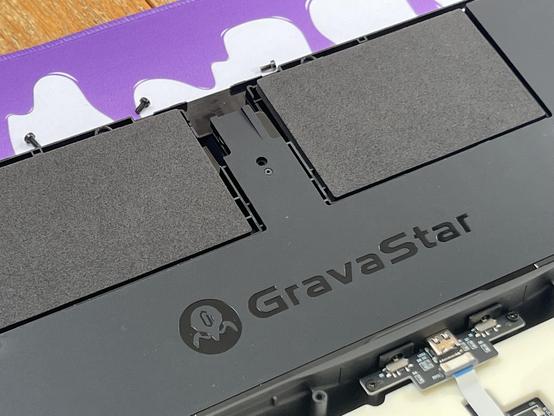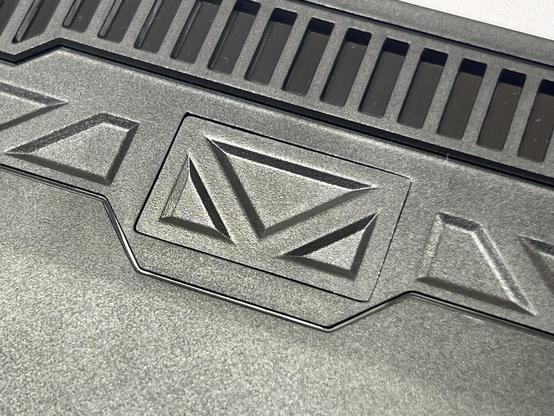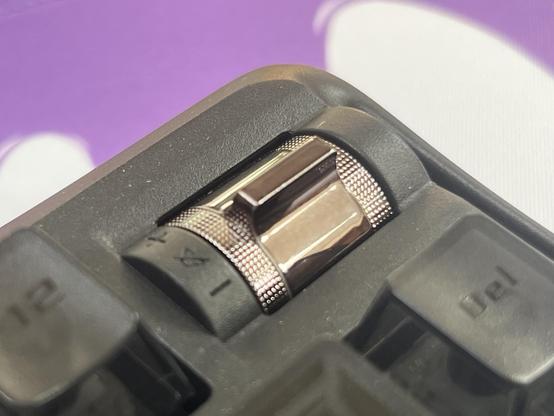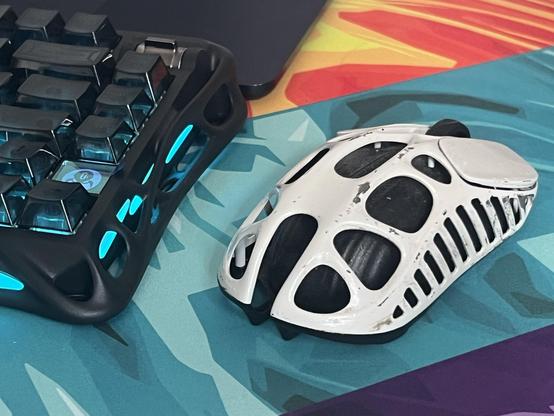Gravastar V75 HE – Hall-effect Gaming Keyboard
If for some reason you’ve made a habit of reading this website, you may remember the GravaStar Mercury K1 Lite I reviewed last year.
I couldn’t help but respect their unique – if heavily Alien inspired – take on mechanical keyboards, but I also couldn’t see past the busy, clashing keycap designs. Between this and needing a Windows 7 virtual machine in order to use its configuration software, the K1 Lite fell short or perfect. But not so far short that it couldn’t be fixed…
Witness the awesome power of my 1337 “gaming” setup…
Enter the GravaStar Mercury V75 HE.
The Mercury V75 HE is not a “fix” of the K1 Lite, but it does represent – at least in its delicious, understated, black colour scheme – everything I had wanted out of its sibling keyboard. Add hall-effect (read: magic magnetic sensor thingies) switches to this – honestly even without using any of the hall-effect benefits I’m starting to prefer them – and it’s something pretty special.
Unlike the K1 Lite, the V75 is wired-only, eschewing the complexity of wireless for – presumably – a reduction in cost and the simplicity of having one, reliable way to configure the software. I’d be willing to guess the latter is the motivating factor, since configuring via Bluetooth or even 2.4Ghz has presented problems in other boards I’ve tested. Which is to say that it’s, more often than not, simply not supported.
No such trouble with the Mercury V75; plug it in, visit the website (hosted at the bafflingly cryptic https://zlxq.sparklinkplayjoy.com/gravastar but also available at https://hub.gravastar1.com/gravastar/connect) in Chrome/Chromium (I use the latter on macOS) and you can start customising your board immediately. This is notably a notch above many of the QMK-based keyboards I’ve tested, which require downloading and loading a custom keyboard definition and crossing your fingers.
Software
The software is quirky – recreating the look and feel of what you might imagine a Windows 7 gaming keyboard companion app looking like – but it’s functional and changes take effect immediately. I might even be persuaded to call it pretty good, compared to its contemporaries. It’s a far cry from the K1, where I needed to run Windows in UTM on my MacBook to even have a chance at configuring the keyboard.
Another string in the bow for macOS users – although how many of us are seriously considering a gaming keyboard? – is the dedicated Win/Mac switch on the back. Things like brightness control and even the Exposé and Spotlight keys work out of the box, though there’s no key legend to tell you those functions exist.
The software is quite something, but it runs on macOS (in Chromium no less) so I'm not complaining!
For gamers the usual spate of advanced key functions are available. This includes the standard hall-effect tricks of triggering different functions at different actuation depths (up to three). There’s even a four-trigger binding that uses the press, hold and release phases of two different actuation depths. Binding the same key to all four of the press and release actions does, of course, give you an extremely fast (read: controversial) tap rate.
There’s also a mutually exclusive key function, giving you the ability to prioritise one key press over another for – presumably – rapid strafing. I feel I must come clean at this point and admit I’ve never been good enough at The Videogames for these techniques to benefit me.
Surprisingly the web-based keyboard app even has a functional “Firmware Update” button. Granted I only found this because I’d somehow managed to break the macOS settings on my board and wanted to factory reset.
Build
Hidden screws! Gah. Luckily I have a knack for finding these… pressing firmly with a finger usually reveals the little recess even through a couple millimetres of rubber foot.
The upper shell of the Mercury V75 HE is metal – aluminium presumably – cast or otherwise magicked into its funky, alien shape. This bolts onto a plastic base by means of eight hex-screws, two of which are concealed at the outer edges of the front-edge rubber feet.
Despite the plastic base being invisible in all but the most esoteric of use cases, GravaStar have again gone to the effort of moulding it into a contrasting, spaceship bulkhead style. This gels well with the organic metal, creating that aliens-taking-over-a-spaceship feel we all know and love from that highly original 2024 film about Alien-taking-over-a-spaceship.
We all know what the juxtaposition of organic alien curves and ship bulkhead is meant to evoke- E.T.
The top and bottom shells sandwich the usual layers of foam padding, with the notable inclusion of two blanking foam panels where this same case would house two separate LiPo batteries. In fact the V75 HE is brimming with little tells that there could have been a wireless version, or might be one in the future. Aside from the space for batteries there are unpopulated battery JST connectors, an unpopulated wireless chip, a carefully isolated PCB antenna, and even a mysterious magnet inside the bottom shell where the slot to store a wireless dongle has been filled with a blanking plate.
Blanked off battery compartments, unpopulated JST connectors and a mystery PCB antenna with unpopulated wireless chip and passives… could this mean… A mystery magnet left placed inside the keyboard sits opposite a blanking plate where - presumably - the USB dongle would sit on a wireless alternative.
Though there are mystery battery curios abound, and two of the hex screws were hidden, it feels like the Mercury V75 is designed to be opened. It’s not difficult to get apart, and the ribbon cable connecting the main PCB to the separate USB-port and switches PCB is easy enough to remove. Crucially, though, the heavy rubber damping material inside has a bold GravaStar logo, and they’ve even gone to the effort to etch their logo on the keyboard’s MCU.
This is a nice touch, what’s it hiding?
There’s also a mystery unpopulated FPC connector, this board is quite the enigma!
GravaStar have not been stingy with the side lighting, either, there are no less than ten LEDs to each side and 24 along the front edge. This is especially evident with the Rainbow colour effect and the “Marqee” almost-a-Larson-scanner-but-not-quite effect, but there are precious few effects that take advantage of the side LEDs… more, please?
Feel & Sound
While EndgameGear introduced me to HE with their KB65HE, it wasn’t until Keychron’s Q1 HE that I really started to appreciate it. Beyond all the benefits for gaming, it actually provides a really nice typing experience. An experience with one caveat- you get linear switches only. If you want (or need) a tactile feel – one that falls short of the switches bottoming out anyway – then hall-effect is absolutely not for you.
Easily removed HE switches! Magnets, how do they work?
If you like to type with a soft touch and have a mechanical keyboard that looks and feels mechanical but types a little quieter, then you’ll love it.
GravaStar have adopted Gateron’s Jade Pro HD switches, though they’re white and not jade which is a shame. Nonetheless they are hot-swappable and easy enough to remove.
Let’s rock!
In lieu of a rolling volume wheel or knob, GravaStar have added a little rocker switch. It’s a bit wobbly and a little mushy when pressed, but gives a very deliberate tactile feel when flicked up or down. Since I’ve encountered many manufacturers who can’t get a rotary encoder to work properly for toffee this is a welcome alternative. It’s responsive, accurate and adds a nice bit of visual interest to the keyboard. A more decisive tactile click (mute/unmute) and I’d be a die-hard fan.
Overall
I like the V75 HE. While I’m still somewhat on the fence about GravaStar’s opinionated, organic design I find the Stealth Black Mercury V75 HE just minimalist enough to offset the busy curves.
Weirdly the Mecha Gray variant of the V75 HE goes the opposite way, with a splash of purple ands visibly busy key legends. That said… I kinda like it.
Both boards have a kind of racing stripe down the middle for some reason which I have, until this moment, neglected to mention because it’s wholly silly but so understated as to be almost invisible on the black variant.
There are four spare switches in the box, along with a combi switch/keycap puller and even a little stiff nylon brush and microfibre cloth for dusting and cleaning. The USB cable is uninspiring, chunky and boring but you’re going to swap it for a fancy coiled one, right?
This is definitely a board I’ll be keeping in rotation, and I’m excited to see where GravaStar go from here!
You can pre-order the Mercury V75 HE from GravaStar now for 15% off the £170 or $180 RRP.
Guess I need to repaint my mouse now…
It’s perhaps time I repainted the mouse…
